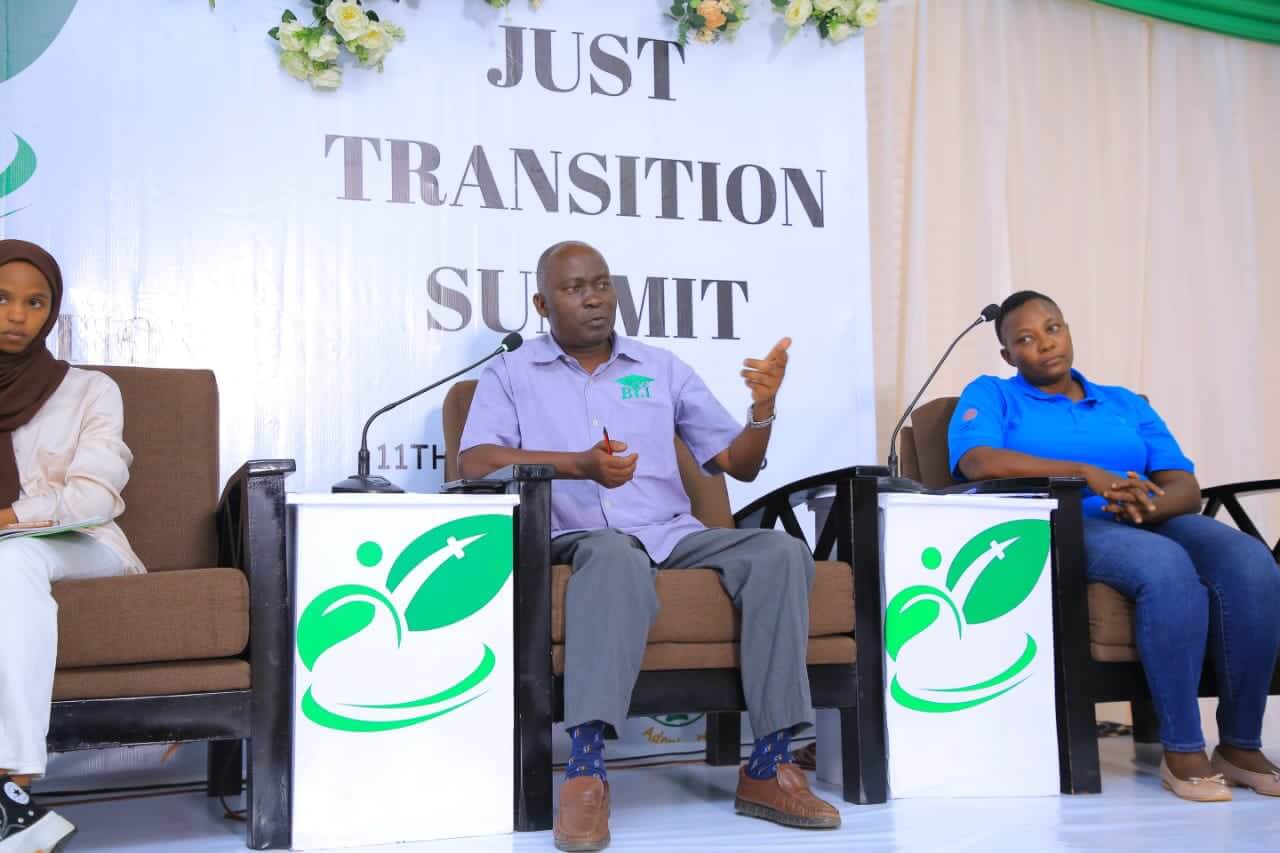What is Just Transition? When did it come up? How do we achieve it for Uganda & Africa?
Miklah Life participated in Just Transition Summit 2023, which took place at Silver Springs Hotel, Kampala. The summit was organized by Rise Up Movement and Tard Foundation.
In the summit, the discussion was, what is #JustTransition? In this short article, I will share what I think just transition is all about, its history, why we need it, and a few strategies of achieving it for Uganda and Africa.
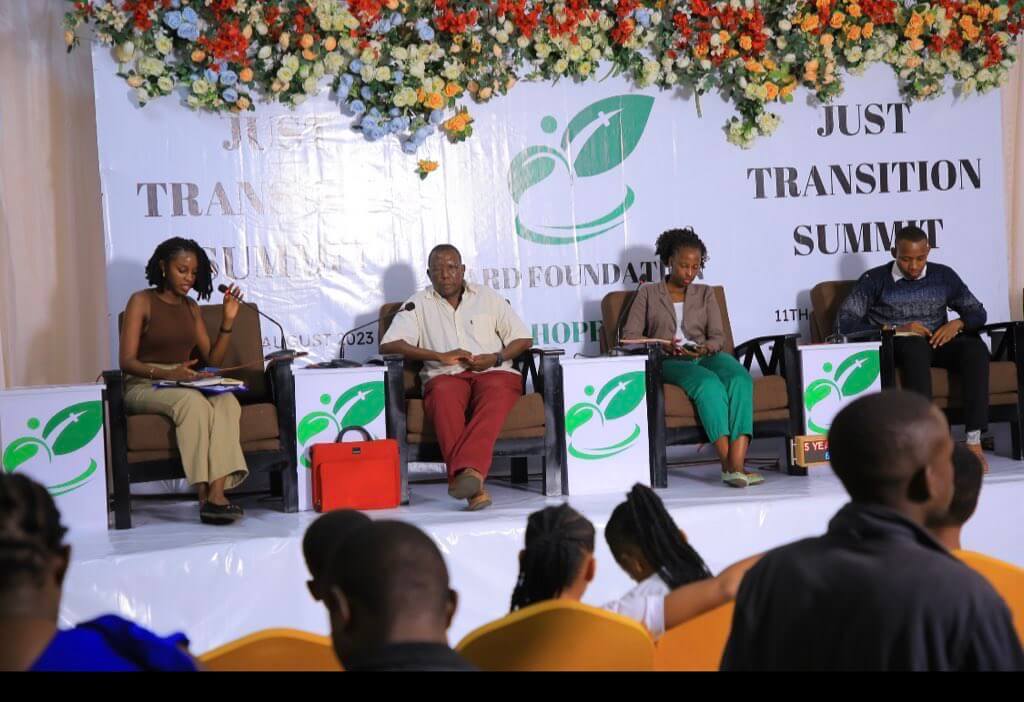
What is Just Transition? Why does it matter?
In general, Just Transition is a concept in climate negotiations and action that explores fair, inclusive, and sustainable ways of transitioning from a fossil fuel based economy to a renewable energy future.
It is the the idea of ensuring that the shift towards a more sustainable and environmentally friendly economy is fair and equitable for all stakeholders, particularly for workers and communities that might be negatively impacted by this transition. The concept recognizes that transitioning from fossil fuels and other unsustainable industries to clean energy, sustainable practices, and green technologies can have significant social and economic consequences.
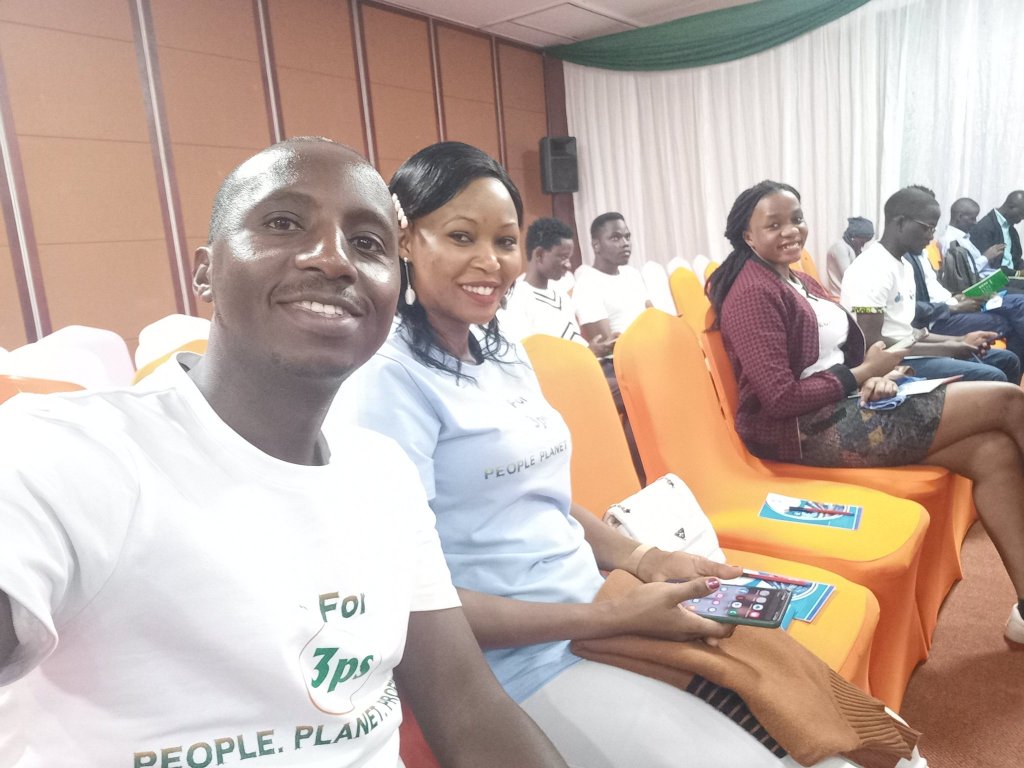
A just transition seeks to address the potential challenges and inequalities that can arise during this transformation process. This includes considering the needs of workers whose jobs might be affected, communities that rely heavily on industries being phased out, and vulnerable populations who might be disproportionately impacted by environmental changes.
The goal is to create policies, programs, and strategies that ensure a smooth and equitable transition for everyone involved. It includes actions like re-training workers for new jobs in renewable energy, providing alternatives that are affordable and ecofriendly, and compensating or resettling communities that are affected by these changes or transitions.
The history & key principles of just transition
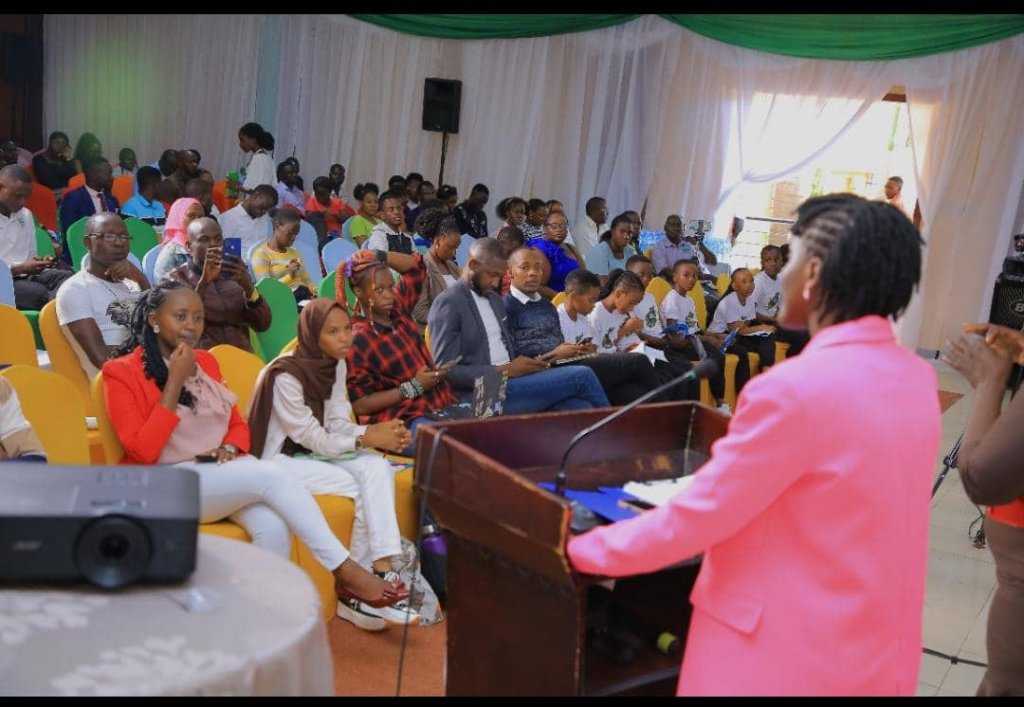
Just transition isn’t a discussion of today only; it has been around since 1970s.
According to Autumn Spanne, a famous author and sustainability journalism, the concept of just transition dates back to 1970s when labor unions in the US, in response to the general movement to transition from environment-and-people-unfriendly industrial practices to sustainable ones, proposed that considerations be taken for people and communities that could negatively be affected by these changes.
According to Climate Justice Alliance, the mostly affected communities were those of blacks or people of color, and low-income earners. When labor unions stood up for these communities, they stood up for two things: 1. Need to transition to sustainable industrial practices; 2. Need to do it justly, taking care of all the possible consequences of these changes.
Well, since then, the concept became heavily popularized and adopted. As early as 1990s, European Union started incorporating principles of just transition in its policies. Later on, international organizations, for example, the International Labor Organization (ILO), the United Nations (UN), and others adopted the concept and started incorporating its principles in most of their policies.
Talking about the UN and incorporation of Just Transition policies, it is important to note that the UNFCCC’s Paris Agreement of 2015 and the rest of UNFCCC’s negotiations and policies greatly incorporate and consider just transition concept in climate negotiations and action.
Recently, coupled with climate negotiation concepts or movements like loss and damage, climate finance, and debt for climate, demands for just transition have been heightened. Just transition negotiations greatly featured COP27 in Egypt and they will definetely feature in COP28 in Dubai.
Principles of Just Transition
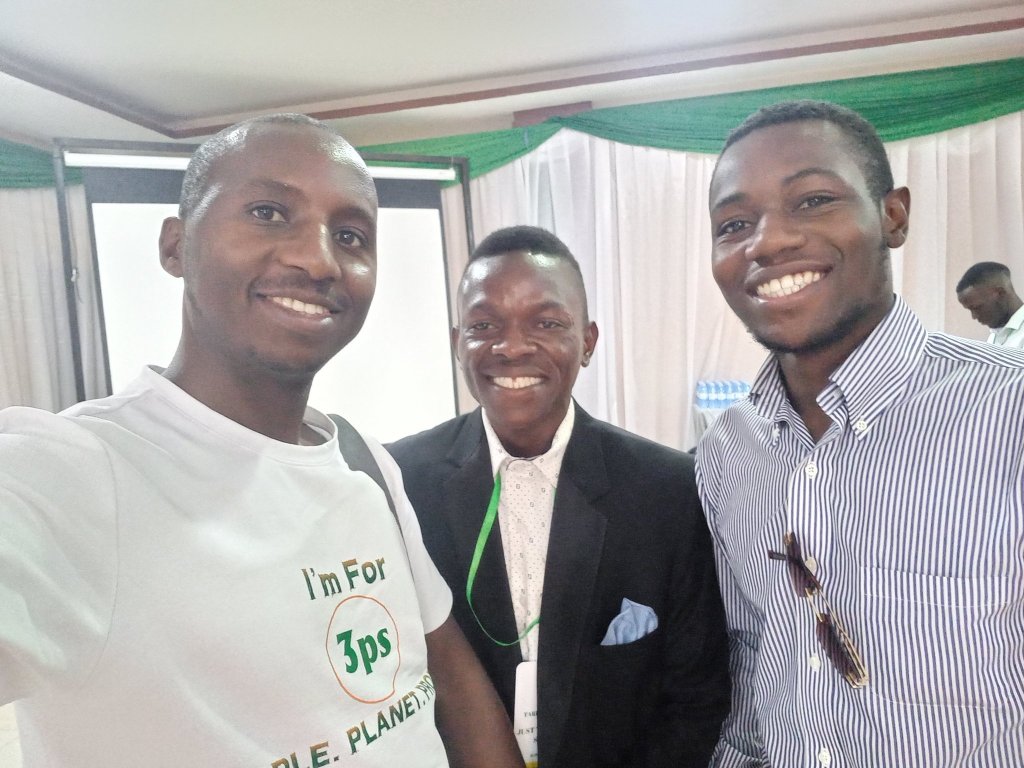
In general, according to Just Transition Alliance, there are guiding principles for any just transition policies. However, implimentation of these principles may differ for different communities or countries.
According to JTA, these principles include; community engagement, worker support, social equity, labor rights, investment, recognition that different communities may be affected differently (environmental and climate justice), and others.
My experience of the history of just transition or lack of it in the US

In my recent visit to the US, I came across this whole thing myself in a town called Bethlehem, Lehigh Valley, Pennsylvanian. What happened? I visted the Bethlehem Steel myself, walked the buildings and museum, and saw with my eyes what happens when factories close, even for good reasons like ‘transition to sustainability’ or ‘failure to transit to sustainability practices’.
As early as 1857, a steel manufacturing company called Bethlehem Steel was founded. Bethlehem steel grew to become the world’s leader in steel manufacturing. In fact, according to the available evidence, Bethlehem steel was probably the topmost or second topmost steel manufacturing plant in the US.

According to Downey of The Washington Post, Bethlehem Steel produced steel that built some of the US’ iconic structures including the New York’s Empire State Building, and the company’s steel championed war-ship manufacturing, which determined US’ victory in both World War 1 and 2. However, various issues, including poor environmental and human (or workers) policies led to its collapse in 2003.

At the time of its bankruptcy and closure, Bethlehem Steel’s about 4,000 out of the total 11,000 company employees lost jobs and pensions of the more than 95,000 retirees were left hanging! At the time of my visit this year, I talked to people who worked there or whose relatives worked there. I personally toured the factory, more than thrice.
Bethlehem Steel was in Bethlehem town, Lehigh Valley region in PA. During my Mandela Washington Fellowship, I was placed at Lehigh University, which is a walkable distance from where the steel plant was.

Most of the buildings and space have been re-channelled into some other ventures, including a broadcasting station (PBS 39 & Lehigh Valley News), entertainment park or stage (the stage is called Levitt Steel Stacks; I used to walk there to enjoy jazz and blues, country, and some Reggae music), a cassino, and a lot more. However, all the businesses combined will never measure up to what the Steel company contributed in terms of job creation and economic growth.



A just transition answers or could have answered such dilemmas: What happens to people, communities, families, and small businesses that rely on such factories when we phase them out for reasons of poor adherence to sustainability principles? The phasing out is or could be for good reasons, and yet it comes with consequences. Just transition ensures that these consequences are managed!
Just Transition for Uganda & Africa: EACOP, AHA act, Foreign Aid

Important to note is that Uganda and Africa are different from Europe and America in terms of the climate and environmental challenges we face, their causes, and their possible solutions.
For Uganda, important aspects that require just transition discussions include Uganda’s oil project, the EACOP, and the recent moves of both the US and World Bank to sanction Uganda over AHA Act 2023.
The ‘sustainability and inclusion’ demand is that Uganda shouldn’t be investing in oil extraction in 21st century when the world is considering transition to no-fossils-future. However, contrary to this call, Uganda needs the oil for her socioeconomic development, even more at this time when some of her financial sources like the World Bank and US funding have been threatened.
Additionally, most of the developed countries in Europe and America have relied on oil for their economic growth and development for centuries, and are in fact responsible for the world’s climate crisis.
Is it true that they have just and suddenly realized that fossil fuels are unfriendly to environment? Well, if Uganda and other developing countries are to phase out oil extraction, shouldn’t the Americans, Europe, and Chinese who developed at the expense of our health and lives pay for our abstinence from oil extraction? If not, then where is justice? Discussions around carbon credits can as well feature here!
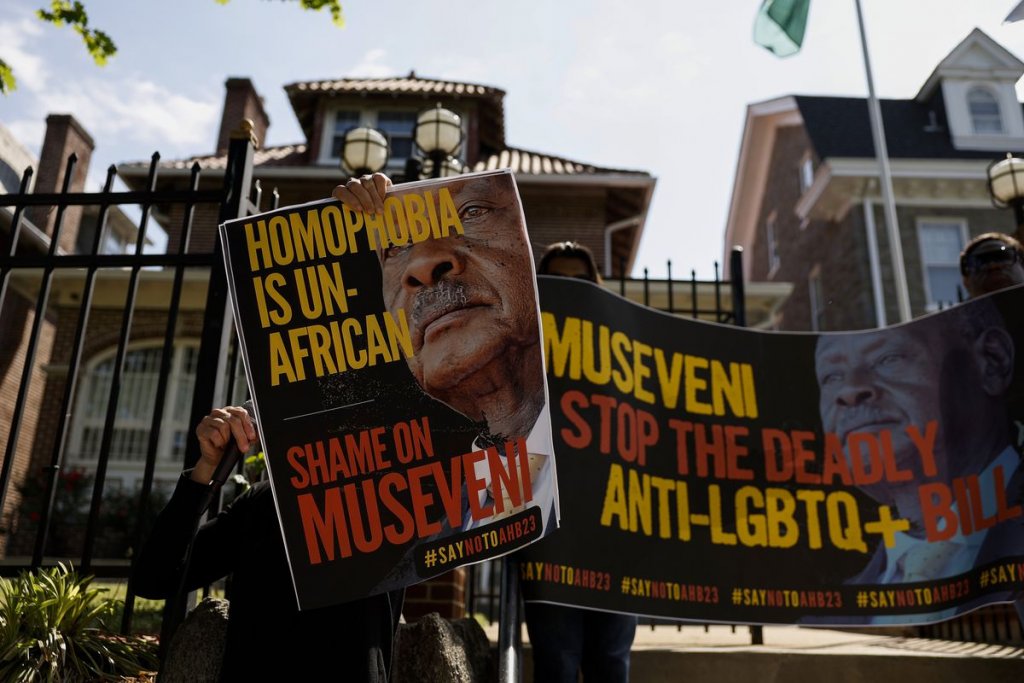
But wait! Maybe her sources wouldn’t be in jeorpady had she (Uganda) adhered to inclusion rules and didn’t pass the AHA act, right? Well, this doesn’t consider the fact that different societies transit to become more inclusive differently.
It took decades before the US could see that slavery was bad or that people of color deserved equal opportunities just as the whites (the US still has these struggles). It took the world many years before they could accept that women, just like men, could do and be anything they want. In the same way, it may not be the right time for Uganda and Ugandans to fully include LGBTQIA+ in their inclusion policies. But she (Uganda) may later get there.
Just transition principles demand that we become patient with countries and communities as they transition to embrace sustainability and inclusion policies. But it could as well mean the inclusion of LGBTQIA+ in the future we are building. What! Yeah, remember the slogan, ‘leave no one behind’? These dilemmas present a great case for just transition discussions for Uganda and Africa.
Other cases include banning charcoal use, transfer to EV from our usual cars, embracing sustainable agriculture and moving people away from wetlands and Uganda’s forests, and more. All these aspirations are good for a sustainable future. But they also present challenges on people and communities who actually rely on these activities. A just transition ensures these people and communities are empowered for the desired change.
We need to empower our youth, especially climate negotiators and activisits, environmentalists & #SustainableEntrepreneurs like myself in understanding these differences so that we design and implement climate actions that are in line with our local communities. This is very critical. And #MiklahLife is gladly contributing to these conversations.
Achieving Just Transition for Uganda & Africa

Achieving a just transition in Uganda, as well as across Africa, involves a comprehensive and collaborative approach that considers the unique challenges and opportunities present in the region. Here are some key steps and strategies that can contribute to a just transition in Uganda and Africa:
- Assessment and Planning:
- Conduct a thorough assessment of the current economic, social, and environmental conditions, as well as the industries that are likely to be impacted by the transition.
- Develop a comprehensive transition plan that outlines clear goals, targets, and timelines for transitioning to more sustainable and green practices.
- Engage stakeholders, including government agencies, local communities, workers’ organizations, and environmental groups, in the planning process to ensure a broad and inclusive perspective.
- Invest in Education and Training:
- Establish programs to provide education, training, and skill development for workers in industries that may be affected by the transition. This will empower them to transition into new, sustainable jobs.
- Collaborate with educational institutions, vocational training centers, and private sector partners to design relevant and effective training programs.
- Support for Displaced Workers:
- Create social safety nets and support systems for workers who may lose their jobs as a result of the transition. This could include unemployment benefits, retraining opportunities, and job placement services.
- Facilitate the transition of displaced workers into new sectors, such as renewable energy, sustainable agriculture, and eco-tourism.
- Promote Renewable Energy and Sustainable Agriculture:
- Invest in renewable energy sources, such as solar, wind, and hydroelectric power, to reduce reliance on fossil fuels and expand access to clean energy.
- Support sustainable agricultural practices that enhance food security, preserve natural resources, and provide income opportunities for rural communities.
- Infrastructure Development:
- Invest in sustainable infrastructure projects, such as public transportation systems, green buildings, and waste management facilities, to create jobs and promote environmental sustainability.
- Community Engagement and Empowerment:
- Involve local communities in decision-making processes related to the transition, ensuring that their concerns and needs are considered.
- Support community-led initiatives that promote sustainable development, including agroforestry, conservation projects, and eco-friendly businesses.
- Promote Circular Economy and Waste Management:
- Encourage the adoption of circular economy principles, which emphasize reducing, reusing, and recycling resources to minimize waste and environmental impact.
- Develop effective waste management systems that prioritize recycling and proper disposal practices.
- Policy and Regulatory Framework:
- Develop and enforce policies that incentivize and facilitate the transition to sustainable industries and practices.
- Establish regulatory mechanisms that ensure compliance with environmental standards and promote responsible business practices.
- International Collaboration and Financing:
- Seek international partnerships, cooperation, and financing to support the implementation of just transition initiatives.
- Leverage climate finance mechanisms, international grants, and investments to fund sustainable development projects.
- Monitoring and Evaluation:
- Implement a robust monitoring and evaluation system to track progress and ensure that the just transition goals are being met.
- Continuously review and adjust strategies based on feedback and lessons learned.
It’s important to note that achieving a just transition is a complex and long-term process that requires commitment, collaboration, and adaptive management. By involving all relevant stakeholders and taking into account the specific challenges and opportunities of Uganda and Africa, a fair and equitable transition to a more sustainable and prosperous future can be realized.
What is just transition to you? What strategies do you propose?
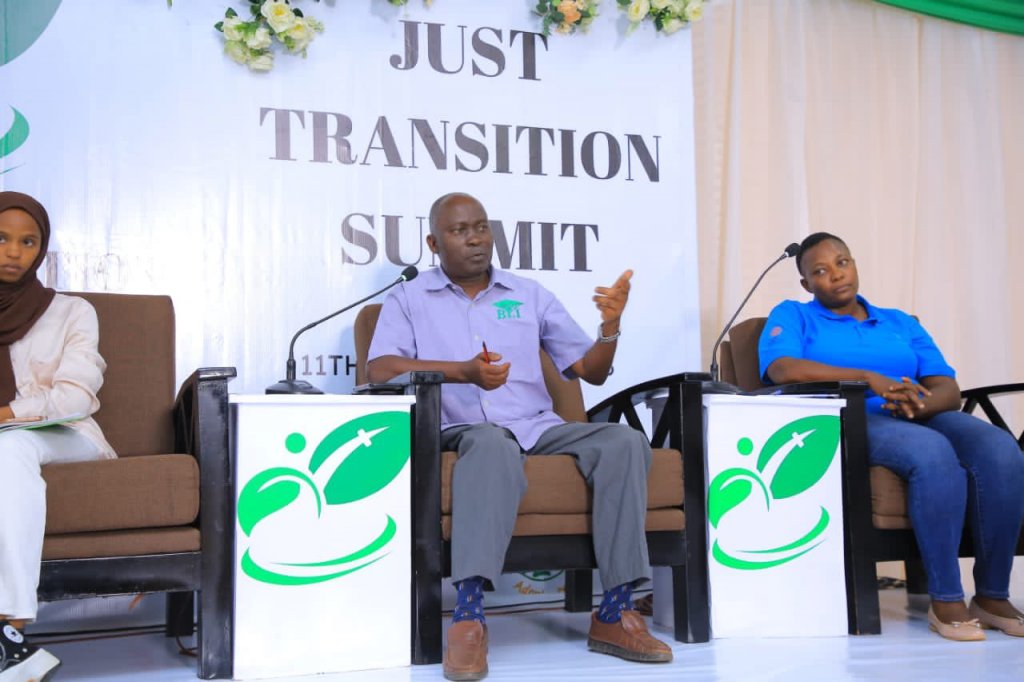
Again, to you, what is just transition? How is your community or country transitioning justly? Share your thoughts. And keep it #Miklah always.

